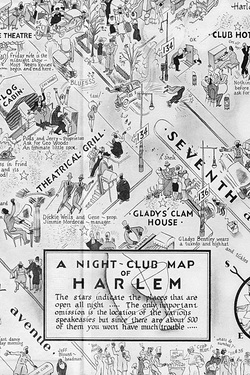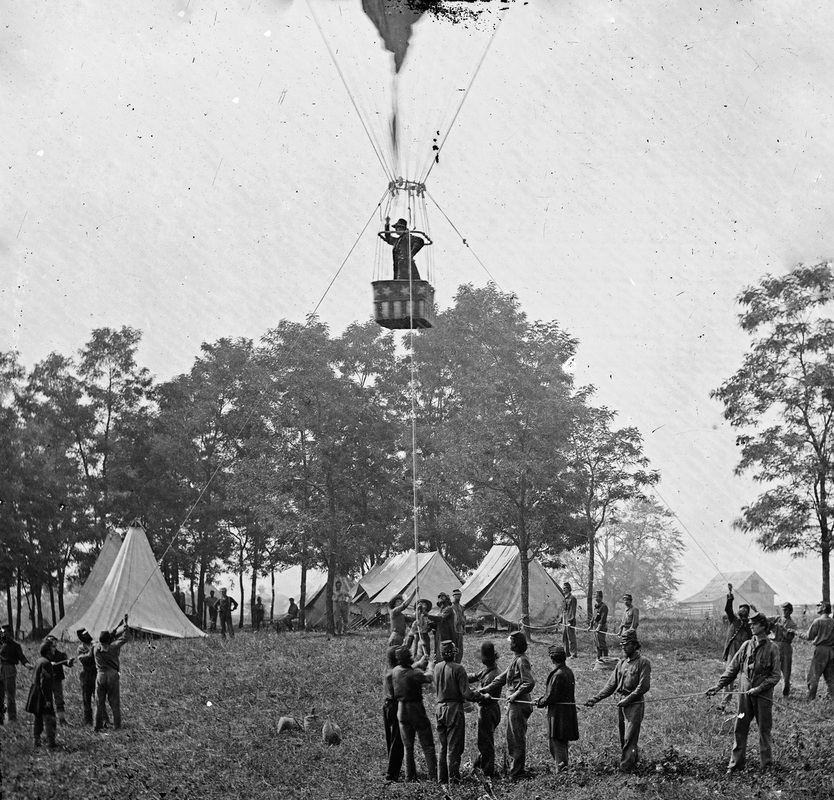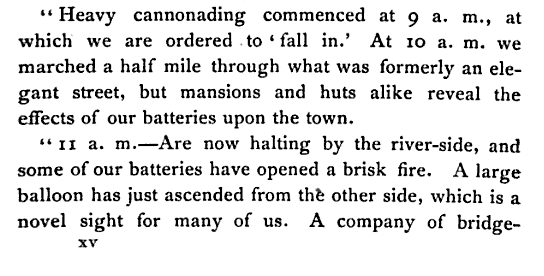It's been almost three years since I posted a list of the comic strips I read each day. As with my previous post about podcasts, my Cleverness Well is still a bit dry, so I'm going to repost my introduction from 2010.
To recap - this introduction is a re-run, the recommendations are reasonably fresh. Well, not FARMERS' MARKET-fresh; more like vacuum-sealed-and-shipped-across-the-country-coated-in-carnauba-wax-but-still-in-the-produce-section-fresh. At least twice a week, I find a great comic strip - one that's really funny, that addresses a topic totally up the alley of one of the people I work with, one that I know they'll really dig - and I'll take it to them. I'll smile a little to myself as I hand it over, knowing how much they'll enjoy it. I even mentally prepare myself for all the praise that I know they'll shower on me.
Half the time, they won't even look at it.
"I don't get cartoons," they'll say.
What's the expression? "Same planet, different worlds"?
I love comic strips. I use them in the classroom constantly. I put at least one on any quiz or worksheet I give to students; long tests might have as many as six or seven. I put a comic on any permission slip or letter home (you'd be surprised how many of those actually get read that way). I insert them in my PowerPoints.
This post is about how and where I find comic strips (and a few other things).
The Proper Mental State
The important thing, when reading comic strips (or anything else, for that matter) is your (well, in this case, my) state of mind. You (okay, me) have to have one idea constantly in the back of you mind - "Oh, that's cool! Is there any way I can use it in the classroom?" This is the same state of mind that most teachers have when visiting a dollar store or GoodWill; I've just expanded it to odd drawings and bad jokes.
Is It Legal?
I have no idea.
My understanding of copyright law (which is hazy at best) is that as long as a teacher isn't making any money or depriving the original artist of any revenue, it is kosher for him or her to use this sort of material in a classroom setting. If you are really worried about the legality of this, consult your school's Librarian.
Okay - So What Comic Strips Do I Read?
In no particular order, here is a partial list of the comic strips I read pretty much every day:
 A couple of years ago, I posted a list of comic strips, blogs and podcasts that I consult on a regular basis. It occurs to me that it's been a while since I did that and I was trying to think of a clever reintroduction to the topic.Unfortunately, I still haven't passed the test for my Yellow Belt in clever, so I'm just going to repeat my original introduction.So, if you are a regular reader of this blog - and if you are, that doesn't say much for you; you might want to re-examine your life and stuff (Just sayin') - the next paragraph will seem oddly familiar.To recap - The Introduction is a rerun. The recommendations are new.Important Facts to Keep In Mind About the Swirling Maelstrom of Excitement That Is My Life:1) I live about an hour from school. 2) Nobody else from my school lives anywhere near my house, so it's impossible to carpool to work. 3) I get so irate listening to the news and complain so much about it once I get home that my wife (again, the patientest woman in the world) grounded me from the radio about two years ago and hasn't ungrounded me yet. 4) The two hours I spend commuting each day is just about the only time I have to "read" or catch up on professional development. As a consequence of all this, I listen to a lot of podcasts. No. Seriously. A LOT of podcasts. Some are school-related. Others, not-so-much. Here is a list of what I'm listening to right now:
Each summer, as I recharge and catch up on my sleep, I try to find something - one, small thing: a video, a song, a poem, a moment from a movie, something - to get myself fired up for the coming school year. For instance, last year, I got pretty motivated by the ShadowMan's line from The Princess and the Frog, "I've got voodoo; I've got hoodoo; I've got things I ain't even TRIED...!" [See below] This summer, that has been harder than usual.
I didn't feel very successful last year. I taught pretty well and my students learned pretty well, but I didn't feel like I was really in my groove. I struggled with depression and had to say goodbye to several really talented colleagues who left my school in search of more money and respect. I finished the year pretty deflated.
So anyway, as I say, this summer, it's been tough to find that one piece of inspiration that I need in order to charge back into the classroom.
I like being really good at what I do. I like being able to inspire students. I like being able to make a difference.
About a week ago, someone turned me onto this video: I think I'm starting to feel fire in my belly.
Brace yourself, MiddleSchoolers.
The theme of my recent Harlem Renaissance unit was "Finding Your Own Voice". The idea was that my students would be able to wrap their heads around the concept of African-Americans being able to express themselves, if it was more personal and relatable. A couple of days before I presented my 8th graders with material about Harlem itself, I asked them if they had ever been frustrated at not being able to communicate something important - either because someone wouldn't listen to them, or because they couldn't find a way to get their message across. This was something that they could pretty much all relate to. As a homework assignment, I had them fill out a worksheet where they speculated on what kind of art they would make if time, money and talent weren't a restriction. Then I had them call my GoogleVoice account and tell me about it. Here's a compilation of their ideas: I think I may be onto something here.
A session I presented at last year's Sakai Summer Institute about blogging in the classroom:
 Every year, I finish the year with my 8th graders studying the history and geography of New York City to get them ready for their class trip there in June. We visit Central Park, so we study Central Park ahead of time. We spend time in Times Square, so we study that too. We visit the World Trade Center, Chinatown and the Lower East Side, so we study them, as well. One place we visit, that I haven't always devoted enough time to, is Harlem. For the past several years, one of the highlights of our trip has been visiting the Apollo Theater on 125th St. The students get a tour of the theater, hear stories about its history and even perform on stage. It's really memorable. Except that our almost entirely white student population has no context to put any of it into. Yes, we talk about African-American history throughout the year. We watch, discuss and blog about Roots. We discuss Jim Crow, Plessy Vs. Fergusson and segregation. I try really hard to relate how various historical topics - like Immigration or Jacksonian politics relates to African-Americans. But when it comes right down to it, our well-to-do, white students, who live in a homogenous, rural community in New Hampshire don't really have any way to relate to the Black Urban Experience. So, this year, I decided to tackle the Harlem Renaissance.
The highlights from this year's 7th Grade Medieval Fair.
A session I presented at a conference last summer.
One of my professional development goals for this three-year, re-certification cycle is to spiral coverage of various Social Studies topics, so that they keep coming up again and again, thus impressing themselves on 7th and 8th grade students, who would rather devote their brain cells to more urgent things, like tacos, cat videos and fart jokes.
As part of the notes I gave my 8th graders, while we were studying the Civil War, I covered some of the technological advances during the war, including the introduction of rifles, iron-clad battle ships and the Gatling gun. Because we are a New Hampshire school, I included the use of hot-air balloons by the Union Army. (Most of the notable balloonists of the period were from New Hampshire.) I pointed out that using balloons for observation led almost directly to the use of blimps and dirigibles half a century later in World War One, which led to the use of fighter planes and bombers, which led to modern air warfare.
This was all well and good - if a bit over-simplified - but probably didn't make much of an impression on most of my students.
Until we ran across this account of the Battle of Fredericksburg while investigating our Mystery Soldier of the 9th New Hampshire Volunteers: I like it when stuff like this works out.
Here are some of the themes I've discussed with my 8th grade American History class over the past two weeks that are alluded to in the above scene from Episode Six of Roots: - Sharecropping - "I'll be damned if I give my n***ers any part of my farm."
- The fear of white Southerners that African-Americans were "forgetting their place" - "They're putting on enough airs as it is, without making them land-holders."
- The post-war labor crisis - "Someone's got to work our land..."
- The 13th Amendment - "...and the n***ers are done being slaves."
- The fact that most southern wealth had been invested in slaves before the War and now all that money is gone - "I've got no cash to pay wages, so I got to parcel out shares."
[Note - Id like to point out that at this point, we are a grand total of 41 seconds into this scene.] - Military occupation of the South during Reconstruction - "He's talking sense, boys. There's going to be a Circuit Judge through here regular and the Army's here to back him up."
- The birth of white supremacist groups - "We ought to band together and string a few of them up, just to set an example for the rest."
- Changes in military technology - "I come out [of the War] with a Yankee Minié ball in my knee and I come out plus a limp I'll have all my natural days."
- How sharecropping stacked the deck against the recently freed African-Americans - "And somehow, he never manages to catch up on the cost! Ain't that right, Senator?"
- The agricultural economy of the South - "It doesn't matter who works the land; what matters is who owns it. Property is power; it always has been and it always will be."
Roots comes in for a lot of criticism, and certainly it has its flaws, but for clearly demonstrating a LOT of historical themes in a very efficient and gripping way, it is the best tool in my box.
|




 RSS Feed
RSS Feed